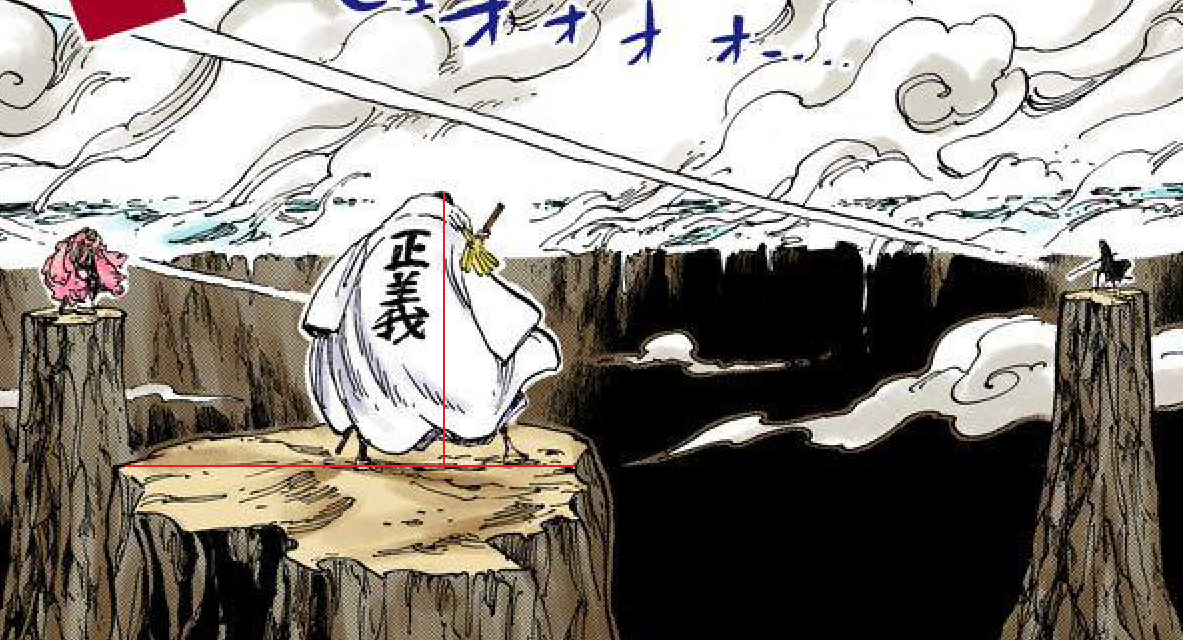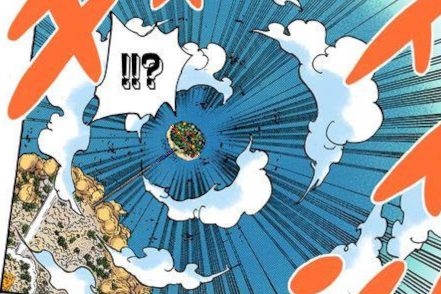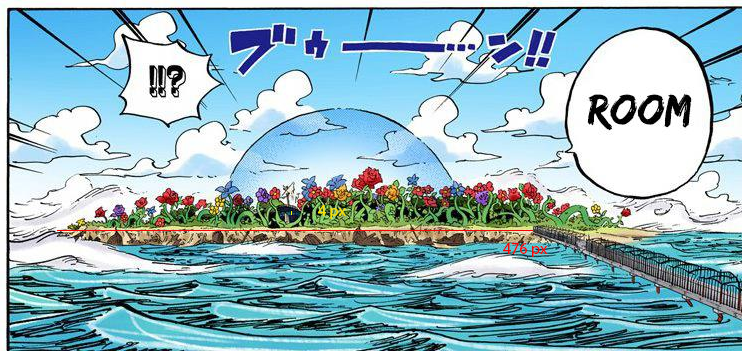- 21,086
- 30,008
Regular members can speak, but please don't just fill this up with "I agrees" unless you're a CGM. Constructive criticism is the only thing wanted.
Agreeing is appreciated, but redundant.
Alright so yeah.
I wasn't gonna post this since it was a lot of work and I'm lazy (ha), but since we're recalcing everything, I might as well. Should just get it over with beforehand so we don't have to revise everything from here.
Currently accepted one that we've had for over 2 years

 vsbattles.fandom.com
vsbattles.fandom.com
Mine

 vsbattles.fandom.com
vsbattles.fandom.com
1 less assumption.
Less pixelscaling (His uses 4 panels, mine uses 2).
Let's Discuss!
Agreeing is appreciated, but redundant.
Alright so yeah.
I wasn't gonna post this since it was a lot of work and I'm lazy (ha), but since we're recalcing everything, I might as well. Should just get it over with beforehand so we don't have to revise everything from here.
Main Topic
There are 2 calcs for Dressrosa's size.Currently accepted one that we've had for over 2 years

Alternate Dressrosa Scaling
Mine

Dressrosa Recalc (My Version)
Benefits From The Accepted One
It uses official heights for characters.1 less assumption.
Benefits From Mine
Uses a stated timeframeLess pixelscaling (His uses 4 panels, mine uses 2).
Let's Discuss!
Last edited:


